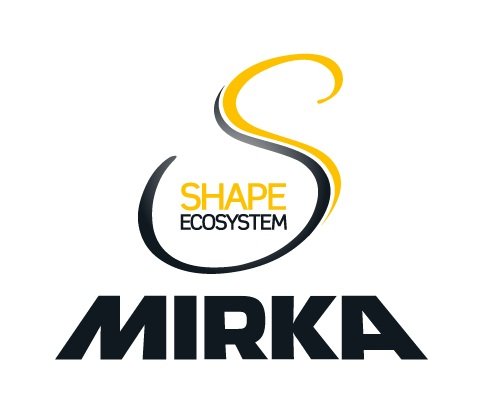Partner Interview: Baltic Yachts -Clear Skies Ahead
For centuries, the fundamentals of sailing have remained unchanged—the wind is free, and sailing stands as one of the cleanest forms of transportation.
Yet, even in this timeless industry, new regulations and shifting consumer attitudes are filling Baltic Yachts' sails with fresh winds.
Based in Pietarsaari, Finland, Baltic Yachts is the world’s leading builder of advanced composite yachts.
“We build dreams, exactly according to what the customer wants,” declares Pamela Honga, head of Quality and Sustainability.
While it can be argued that sailing is already a greener option compared to motorboats, for example, this doesn’t cut it for Baltic Yachts — there’s always room for improvement. Each crafted yacht is a unique masterpiece, tailored to the specific desires of the customers. They offer a semi-custom range of 68 feet as well as fully custom designs.
During the last couple of years, Honga has noted a growing consciousness among their clientele: “Customers are becoming increasingly aware and are asking lots of questions about how the yachts are built, what processes we employ to lower the carbon footprint, and how they can choose more sustainable alternatives.”
The broader market echoes this shift, with sustainability awareness rising and competition intensifying within the yacht industry. “Especially with the upcoming EU directives, everyone has been pushed to become more aware; you must get on board, or you’ll soon no longer exist,” Honga emphasizes.
In response, Baltic Yachts has been crafting a comprehensive sustainability strategy. “Through the Data-driven Sustainability Management project, we’ve managed to dedicate time to this,” she explains. Historically, their sustainability efforts were fragmented, despite significant internal progress. “We’ve been quite discreet about it; even though product development has made significant accomplishments, we just haven’t marketed it.”
For Baltic Yachts, the Data-driven Sustainability Management project is aimed towards incorporating CO₂ calculations and automate reporting processes. From the sales phase onward, they want to be able to inform customers about the yacht’s emissions over its lifetime. However, that’s not always an easy task.
“What is the lifespan of a boat? It depends on so many factors, mostly on how well it’s maintained. The first boat we built is still sailing,” Honga reflects.
The very first boat by Baltic Yachts, the Baltic 46 Queen Anne, has sailed through three generations and is now preparing for a voyage around the world. In 2022, she returned to Jakobstad to begin a refit in preparation for her 50th birthday in 2023 – which also marked Baltic Yachts 50 year anniversary – creating an emotional reunion. “We’re incredibly proud to have a product that can be handed down through generations,” Honga shares.
Gathering CO₂ data from suppliers presents its own set of challenges. Some suppliers are enthusiastic, eager to share their calculations, while others approach the task with hesitation. Effective communication with suppliers, particularly smaller companies, is crucial. “How do we get the smallest companies to join the green transition, and can we help them in any way? That’s something we’re working on,” she remarks.
Looking ahead, Baltic Yachts aspires, through the DDSM project, to implement the sustainability strategy at the core of their business, and striving for an automated, transparent process to replace the current manual methods. Additionally, they view this collaboration as a means to attract a new generation of workers. “For the younger generation, sustainability is a must. It’s something companies must focus on to remain attractive,” Honga asserts.
Reflecting further on their collaboration within the DDSM project and SHAPE, Honga acknowledges the foresight that propelled them into this endeavor. “We’ve long thought about doing something of this kind. Without this project and ecosystem, we wouldn’t have been able to do it on this scale, and it’s pushed us in a very positive direction.”
A signature of the SHAPE ecosystem is the collaborative spirit among non-competing companies. “It’s easy to reach out and ask, ‘How are you doing this? Have you encountered this problem?’”. Engagement through live meetings and shared information has yielded new perspectives and numerous ‘aha’ moments. “Especially when you’re in a niche market, it’s great to hear how other companies experience things and discover how we can help each other,” Honga concludes.

